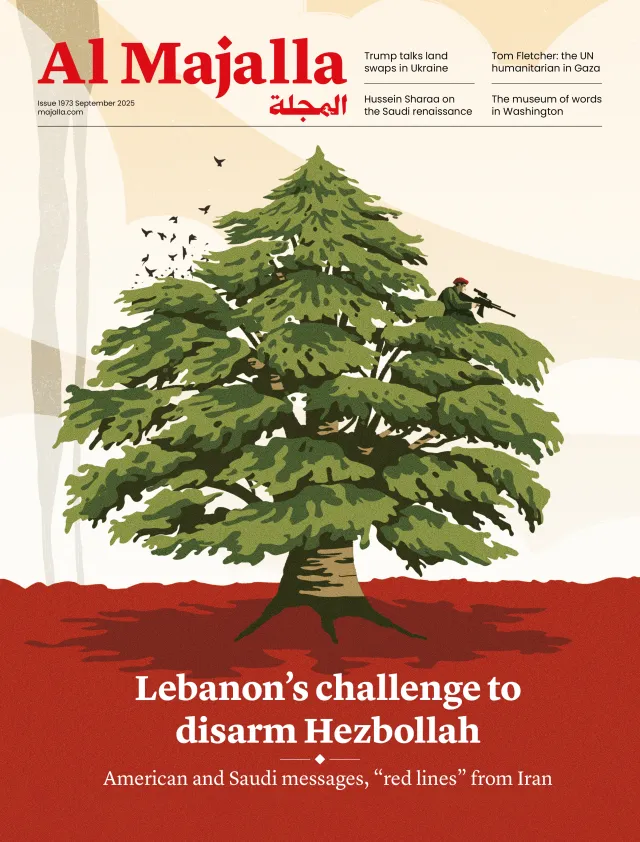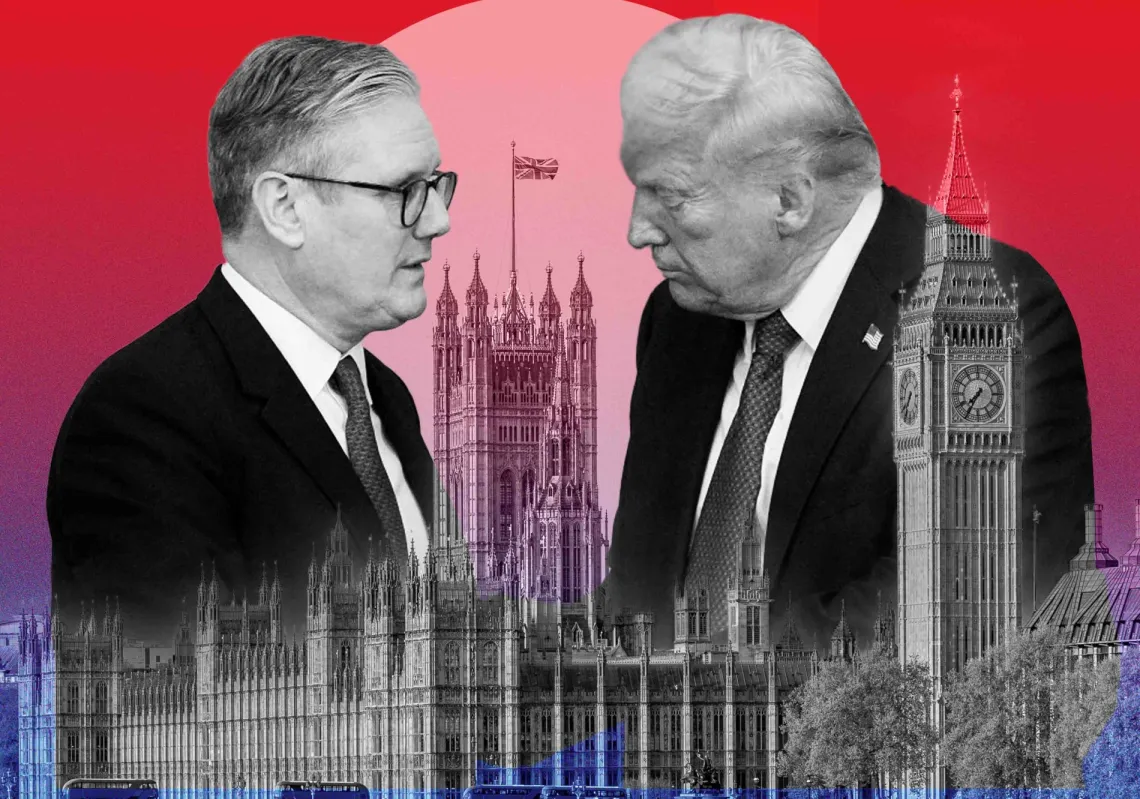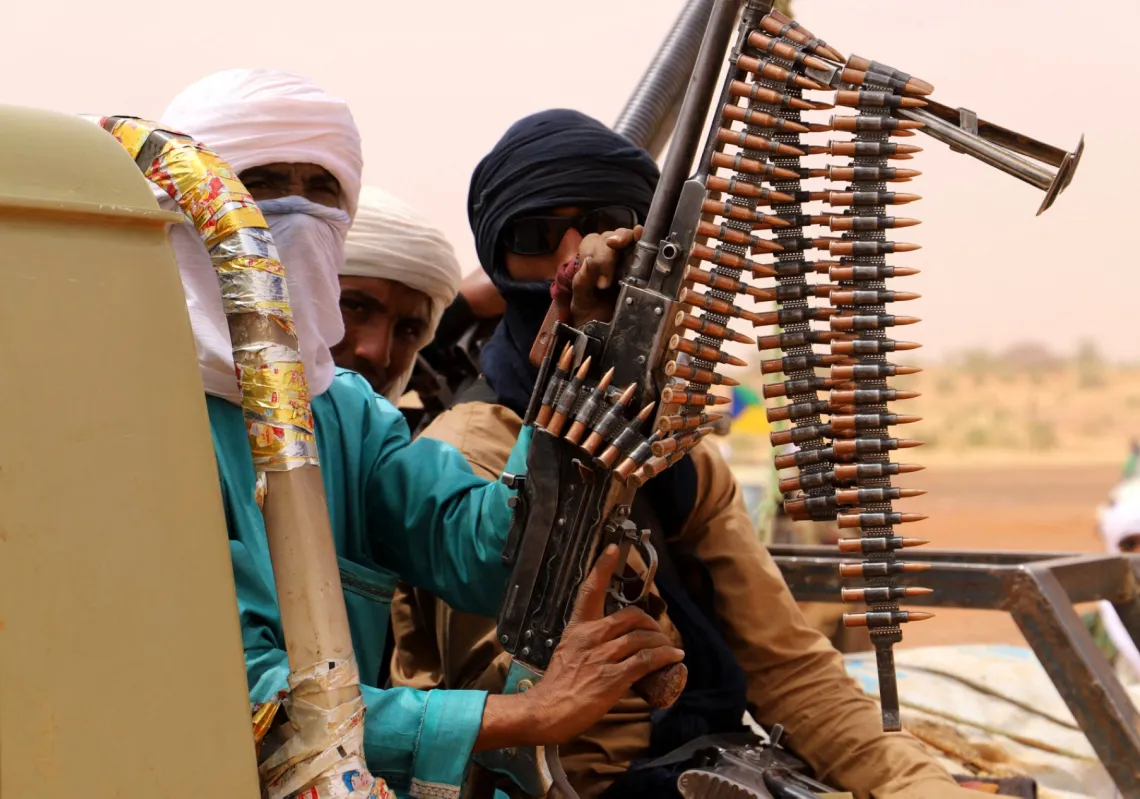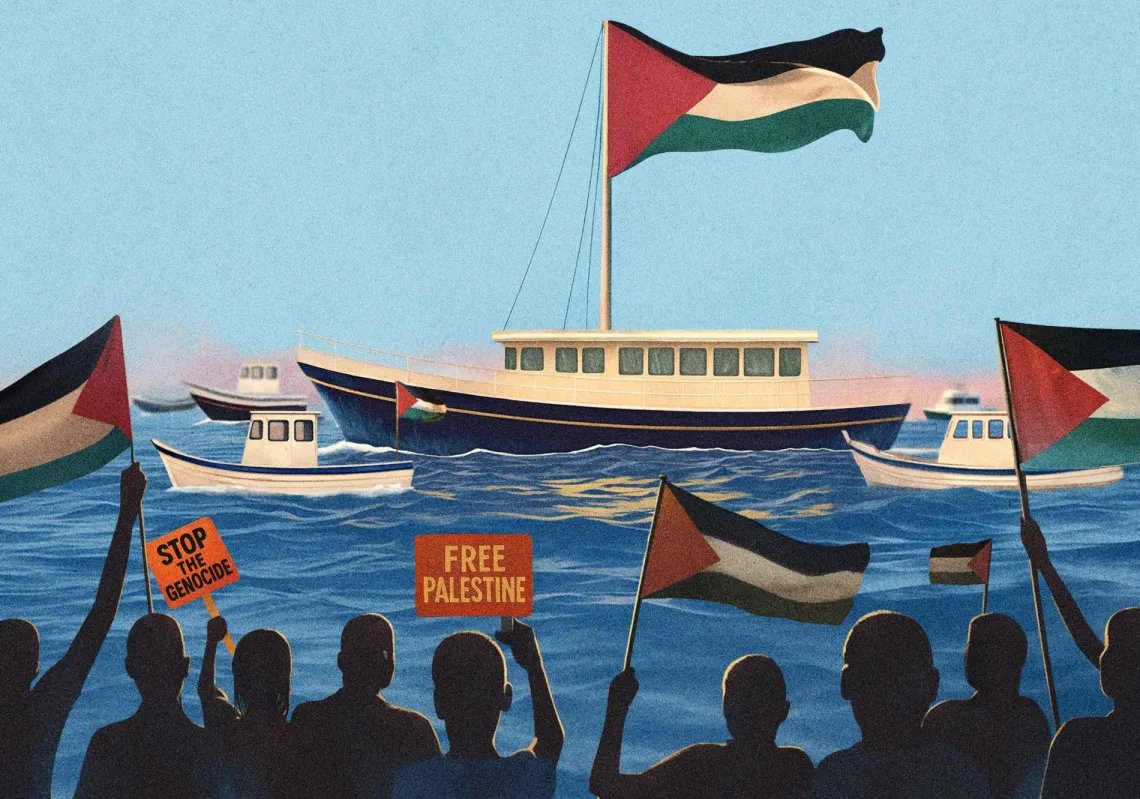The region of Balochistan is comprised by parts of territory of Iran, Afghanistan, and Pakistan. Sentiments of separatism have long been present, both in the Iranian and Pakistani parts of Balochistan. Indeed, revolt against the central authority of Islamabad has been in place since Pakistan’s independence in 1947. Today, there are several separatist/nationalist groups that fight against the Pakistani government. The Balochs’ sources of resentment towards the successive governments in Islamabad are complex. On the one hand, some tribal leaders do not want any government interference, even if this interference comes in the form of development projects. On the other hand, many Baloch nationalists criticize the neglect—political and financial—of Islamabad. One of the most sensitive issues is the distribution of wealth from Balochistan’s gas fields that hardly reaches the local population.
During the military government of President Musharraf, the repression over Baloch nationalists was severe. There was some promise of a breakthrough under the current civilian government of Zardari, which was able to reach an agreement for a cease-fire. This cease-fire didn’t last long enough to make room for constructive talks.
Ahmed Rashid, famous author and former guerrilla member in Balochistan wrote in The New York Review of Books that “Much has been made of Pakistan as a potential failed state on the verge of breakup, yet if there is even a remote chance of that happening it will not be because of the Taliban, but because of an underlying crisis that has been largely ignored by the West—the separatist movement in Balochistan.” Together with his warnings regarding the neglect of the situation in Balochistan, Rashid has traditionally been a strong voice in criticizing the Pakistani government for not tackling the militant Taliban threat also in Balochistan.
Several non-mutually exclusive explanations can be advanced for the passivity of Pakistan’s authorities regarding the presence of Afghan Taliban in Balochistan. First, there is the old but still present idea among Pakistan military leadership that the Taliban can be used as an asset against India, and to exert some influence in the future of Afghanistan. Another possibility is the fear that, by tackling the Taliban in Quetta, an unlikely explosive alliance between nationalist Baloch groups and the Pashtun militants could form. The Afghan Taliban leadership does not take actions within Pakistan’s territory or against the Pakistani government, and thus the government in Islamabad does not see them as a threat. For Islamabad, the threat lies with the aggressive Taliban groups in FATA, which also have the company of al-Qaeda.
The Pakistani government only acknowledged officially the existence of the Quetta Shura in 2009. Defense Minister Ahmad Mukhtar said in December last year to Dawn News that Pakistan’s security forces have engaged the Quetta Shura “and damaged it to such an extent that it no longer poses any threat.” The real effects of this supposed intervention are still to be seen.
The US leadership has long recognized that Quetta is the base from where Mullah Omar and his commanders plan and make most of the decisions regarding the Taliban’s strategy in Afghanistan. This was well evident in General McChrystal’s report last year. However, and until this moment, the US involvement in Balochistan has been limited to using bases in the region for logistical purposes regarding its operations in Afghanistan.
After 9 years of war in Afghanistan during which Quetta was the Taliban leadership’s safe haven, the US seems to be shifting its attention to Balochistan’s capital. As The Washington Post recently reported, in the words of US Ambassador to Pakistan Anne W. Patterson, “In the past, we focused on al-Qaeda because they were a threat to us. The Quetta Shura mattered less to us because we had no troops in the region. Now our troops are there on the other side of the border, and the Quetta Shura is high on Washington’s list.” Another evidence of this new focus on Quetta is the debate among US officials about whether or not to extend the drone attacks from the FATA to Balochistan.
It is obviously in the interest of the US to address the presence of the Taliban leadership in Quetta, and this goal appears only too late. Yet, Balochistan is Pakistan’s sovereign territory—although Pakistan has some problems in exerting its sovereignty there. A direct US intervention would only do more harm than good, be it either with troops or with drone attacks. This is true regarding the potentially damaging effects for the already weakened US image in Pakistan, as it is true for the Pakistani government itself, which could face a deeper revolt in Balochistan as a reaction to an American intervention.
The US should let Pakistan deal with this issue, while exerting some pressure through the right diplomatic channels so as to ensure that Pakistan actually chases Mullah Omar and his peers. Finally, and in case Pakistan does that, the US should make a clear promise to Pakistan that, although it will one day depart from Afghanistan, it will not abandon the region as it did in the past.
Manuel Almeida







